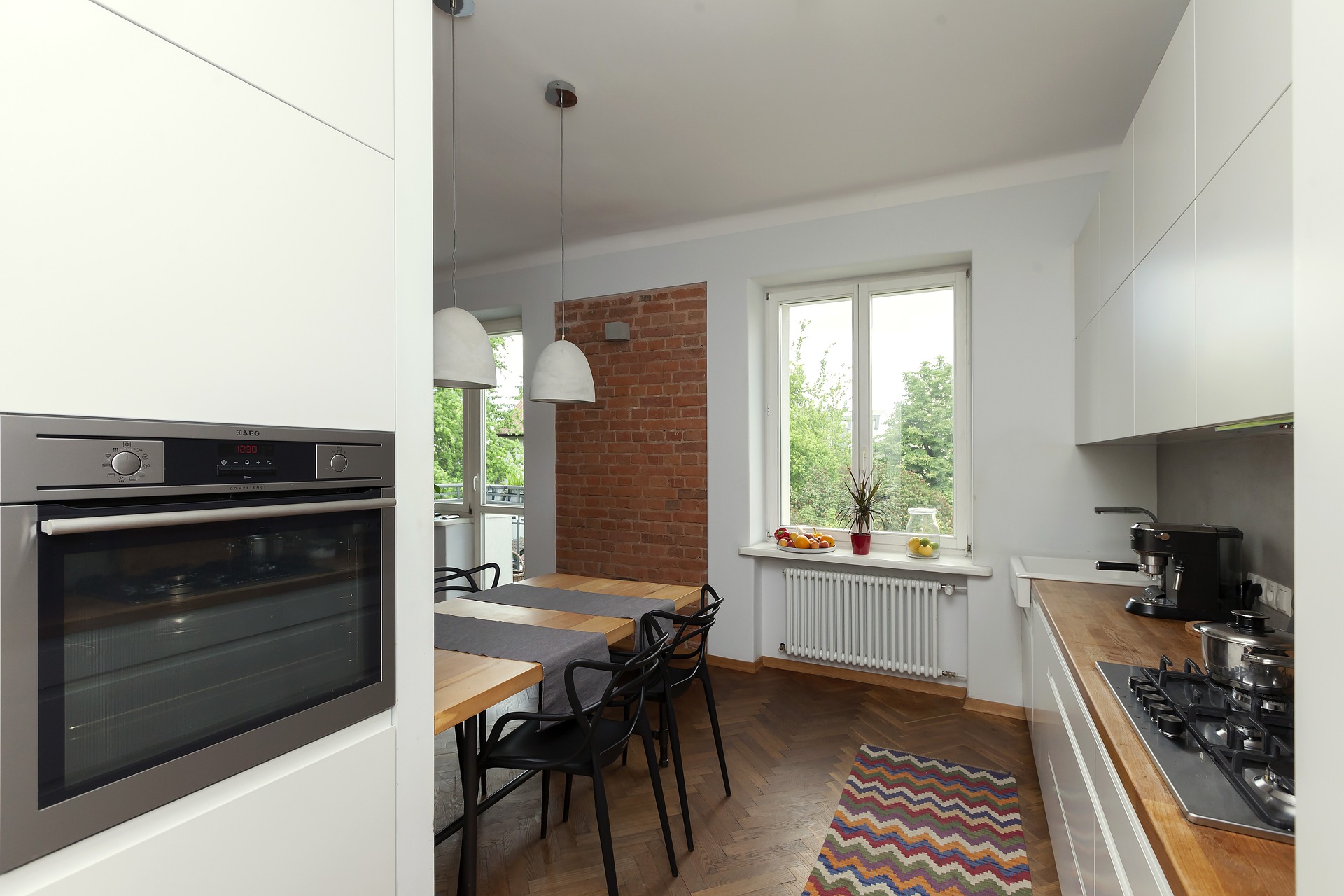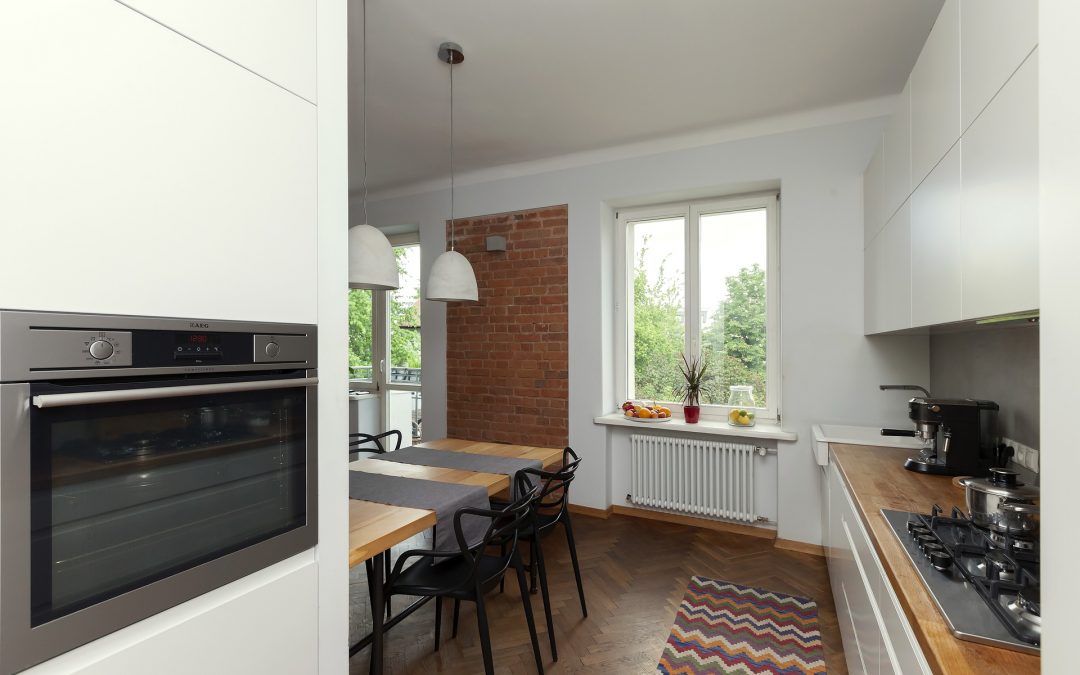Whether you’ve got a bunch of small thumbtack and nail holes in your walls, or a bigger hole from an accident, repairing the holes in your walls is a good idea before repainting or selling your home. There are many different ways to patch any holes that need fixing; but before you create a patch, keep in mind that there are electrical wires that usually run alongside the wall studs. Be especially careful when cutting or drilling into the walls to patch any holes.

Repairing holes in the wall may seem like a daunting task, but it’s actually quite simple most of the time. Tackle those patch projects you’ve been putting off with these easy tips.
- Miniscule holes, like those from small nails or tacks, can be covered with touch-up paint applied with a cloth. Even if you don’t want to buy touch-up paint or spackle, repainting the whole wall will often be enough to adequately fill the holes.
- For minor dents or small holes (less than ¼ inch wide), you can fill and cover them with a quick-dry spackle. Apply enough to cover the damage and use a level to make sure the spackle is even with the rest of the wall. After about 24 hours when the spackle has dried, use sandpaper to smooth it out before applying some primer and repainting the spot.
- Holes up to about three inches can be repaired with a mesh patch kit. These are extremely easy to use–they are usually self-adhesive, and stick to the wall around the hole to cover it. The mesh provides an ideal surface to apply spackle to and cover the hole. When you cover the patch, be sure to feather the edges (thin it out evenly) so that the edges of the patch job blend in well with the surrounding wall. You will have a seamless patch job that is practically invisible once it is sanded down smooth and repainted.
- Larger holes, about 3 to 6 inches in diameter, can be repaired with what is called a California patch. You will need to cut a piece of drywall about two inches longer and wider than the hole you’re repairing. Then, on the piece of drywall, measure a square about one inch shorter than the edges of the piece. You’ll need to cut it carefully, removing only the sturdy drywall and leaving the paper backing. The result will be a square of drywall with about an inch of paper on all sides. Place the drywall square over the hole, and trace the drywall square onto the wall (the sturdy square only–don’t include the width and height of the paper edging. Use a drywall saw to cut the square out of the wall after checking for studs and electrical wiring. Once it’s cut, spread some joint compound onto the paper backing and fit the drywall square into the hole. Be sure to use joint compound and not spackling paste–the joint compound will shrink to better seal the patch in place, while spackle resists shrinking. It should fit like a glove, and the paper backing will stick to the wall around the patch and hold it in place.
Perhaps you need more than an afternoon repairing holes. If you need a renovation or restoration project done, call West Coast Design Build Florida for all your kitchen, bathroom and outdoor living space projects. We can provide design assistance and inspiration when its time to upgrade your home.


Recent Comments